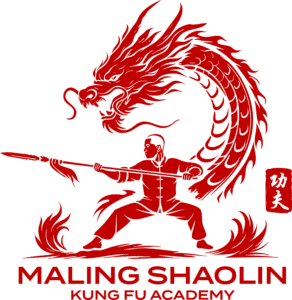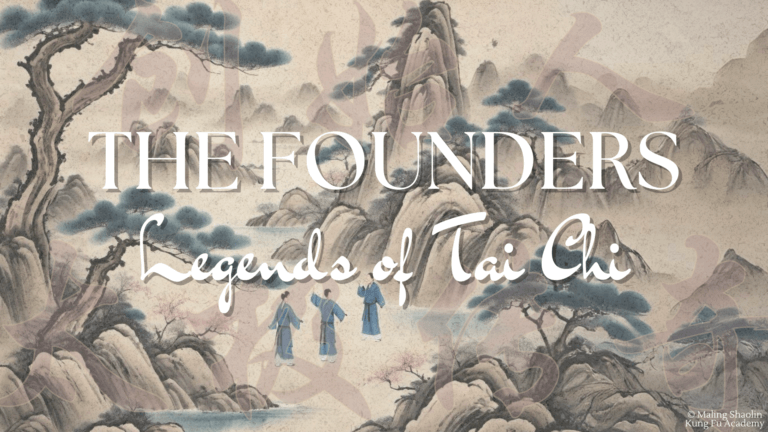
Kung Fu, with its rich heritage and complex forms, has always been more than just a means of self-defense; it is a discipline that encompasses philosophy, health, and self-improvement. However, the techniques that were once designed for battlefield effectiveness have evolved significantly to align with modern ethical standards and the safe practice of martial arts. This blog explores how traditional Kung Fu techniques have been modified from their original forms to prevent serious harm or death, ensuring they are suitable for contemporary practitioners.
The Necessity of Modification
In ancient times, Kung Fu techniques were developed with the primary goal of survival and effectiveness in combat. Strikes aimed at vital points of the body were designed to incapacitate or kill an opponent quickly. As society evolved and martial arts transitioned from the battlefield to the dojo (wǔ guǎn)1, the necessity of such lethal techniques diminished. The focus shifted towards personal development, sport, and self-defense within a legal and ethical framework. Consequently, many traditional techniques have been adapted to prevent serious injury, ensuring they are safe for modern practice.

Adapting Strikes for Safety
One of the significant areas of modification involves strikes to vulnerable points of the body. For example, traditional forms, or taolu, included strikes with the fingers aimed at the under chin, with the original goal of piercing the flesh and causing fatal damage. In modern practice, this technique has been adjusted to target the side of the neck instead. Practitioners now use a blow or chop rather than a piercing strike. This adaptation maintains the effectiveness of the move for self-defense by targeting a sensitive area that can incapacitate an opponent without causing permanent damage.
Redefining Vital Point Targets
Similarly, techniques that historically targeted vital points such as the eyes, throat, or groin have been altered to ensure safety. For instance, instead of directly targeting the throat with the intent to crush the windpipe, practitioners might use a palm strike to the chest or shoulder to unbalance and control an opponent. Eye gouges, once intended to blind, are now taught as controlled deflections or as non-contact training methods to emphasize speed and precision without making contact. These modifications help ensure that practitioners can train effectively without the risk of causing irreparable harm.
Safe Practice of Joint Locks and Breaks
Joint locks and breaks, which were once taught as techniques to disable opponents on the battlefield, have also been refined. Modern practitioners focus on controlling and restraining techniques rather than causing dislocations or breaks. The emphasis is on applying just enough pressure to subdue an opponent, allowing for effective self-defense without crossing the line into excessive force. This approach aligns with contemporary legal standards and ethical martial arts practices that prioritize the preservation of life and the responsible use of martial skills.
Kung Fu: Buddhist Principles

Modern Kung Fu reflects the principles of Buddhism, particularly the precept of non-violence, through the adaptation and modification of traditional techniques to ensure safety and prevent harm. In line with Buddhist teachings that emphasize compassion, non-killing, and respect for all living beings, many traditional techniques that could cause severe injury or death have been altered. This evolution in practice demonstrates a commitment to upholding the moral and ethical guidelines central to Buddhism, while still preserving the essence and effectiveness of Kung Fu as a martial art. These changes make modern Kung Fu not only a method of self-defense but also a discipline that cultivates inner peace, self-control, and respect for life, aligning closely with the Buddhist path of non-harm and self-improvement.
Conclusion
The evolution of Kung Fu techniques from their traditional, lethal forms to safer, modern practices reflects the broader transition of martial arts into a discipline that emphasizes self-improvement, ethical conduct, and community. By adapting these techniques, Kung Fu continues to honor its rich heritage while ensuring it remains relevant and accessible to contemporary practitioners. This balance allows Kung Fu to thrive as a practice that promotes physical and mental well-being, self-discipline, and respect for others, embodying the true spirit of martial arts.
- Embracing Cultural Confidence in China: Reintroducing Traditional Words and Practices
In recent years, China has been increasingly promoting a concept known as “cultural confidence.” This movement encourages the nation to take pride in and actively use its rich cultural heritage, rather than adopting foreign terms and practices. The idea is to foster a sense of identity and pride in Chinese traditions, languages, and customs, which have endured for thousands of years.
By embracing and promoting traditional terminology, China aims to strengthen its cultural identity and ensure that its rich heritage is recognized and respected globally. This approach not only preserves the uniqueness of Chinese culture but also educates and informs both locals and international audiences about the depth and variety of Chinese traditions.
In our blog, we will start using traditional Chinese terms such as “wǔ guǎn” for martial arts studios instead of “dojo,” among other words, to align with this cultural confidence movement. This will help in promoting a better understanding and appreciation of the unique aspects of Chinese culture. ↩︎





